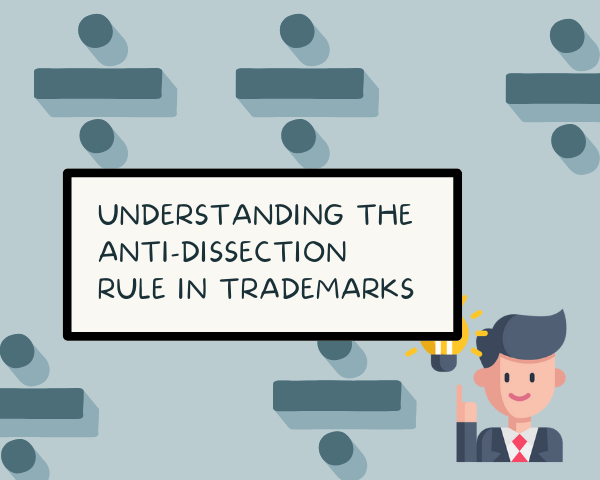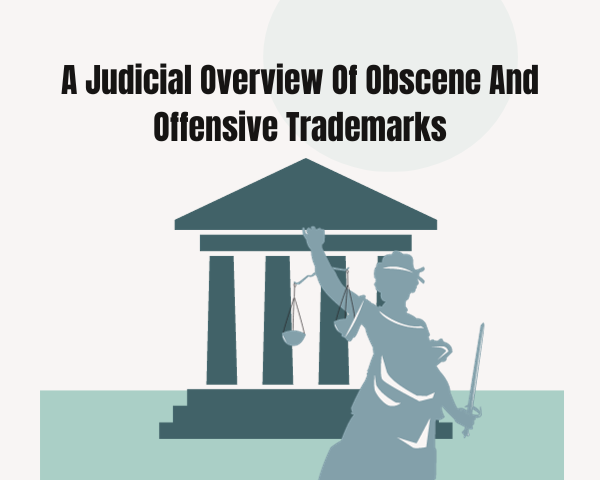We are often approached by trademark owners concerned that their competition has registered a domain name that is similar to their trademark and is using the same to divert customers away from their own businesses. Here is what you need to know about the relationship between trademarks and domain names. And also what you can do to protect your trademarks from being used against you in competing for domain names.
Registration of a domain name is not trademark use
As you are probably aware trademark rights generally attach to a trademark upon the use of the mark in commerce. Although there are other ways to reserve rights in a mark before it is in use. However, using the mark is generally a pre-requisite to securing rights therein.
Many people believe that the registration of a domain name in and of itself creates trademark rights. Simply put, it does not. Look at a domain name like a phone number. It is merely an address on the world wide web where a website may be located. So the address by itself is just that – an address. It is not a trademark.
Of note, this is not to say that domain name cannot become a trademark. Amazon.com has one of the web’s most recognized trademarks. But it is the name promoted on the pages of the website Amazon.com which gives the owner trademark rights and not the URL amazon.com.
Cybersquatting
Although the registration of a domain name does not constitute trademark use per se, owning a valid trademark can preclude the subsequent registration of domain names that include or are similar to your trademarks.
There are two primary statutes or rules trademark holders can use to enforce their trademark rights against the subsequent registration of like domain names: (1) the Uniform Domain-Name Dispute-Resolution Policy (UDRP); and (2) the Anticybersquatting Consumer Protection Act (ACPA).
Both systems generally have the same requirements. A complainant in a UDRP or ACPA proceeding generally must establish three elements to succeed:
1. The domain name is identical or confusingly similar to a trademark or service mark in which the complainant has rights at the time the disputed domain name is registered;
2. The registrant does not have any rights or legitimate interests in the domain name; and
3. The registrant registered the domain name and is using it in “bad faith.”
In regard to bad faith, considerations of whether the domain name was registered in bad faith include, but are not limited to:
a. the registrant’s intent to divert customers from the mark owner’s online location that could harm the goodwill represented by the mark, for commercial gain or with the intent to tarnish or disparage the mark;
b. the registrant’s offer to transfer, sell, or otherwise assign the domain name to the mark owner or a third party for financial gain, without having used the mark in a legitimate site;
c. the registrant’s providing misleading false contact information when applying for registration of the domain name; and
d. the registrant’s registration or acquisition of multiple domain names that are identical or confusingly similar to marks of others.
Therefore, domain name owner should protect their domain name through trademark registration.




